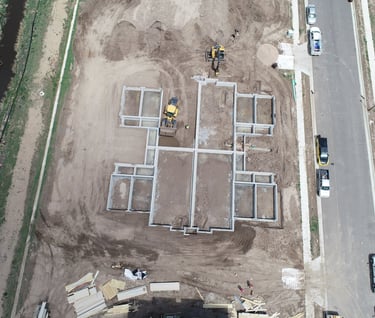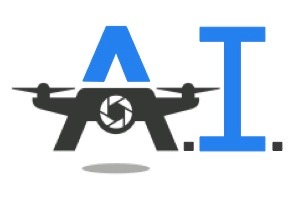6 Ways Drones Make Construction More Efficient
How to utilize drone technology to save money in construction.


In recent years, drones have revolutionized various industries, and the construction sector is no exception. These unmanned aerial vehicles (UAVs) equipped with cameras and sensors are reshaping the way construction projects are planned, monitored, and executed. By leveraging drone technology, construction companies can achieve significant time and cost savings while enhancing productivity and safety.
Improved Project Planning: Drones enable construction teams to collect accurate and detailed aerial data of project sites. They can quickly survey large areas and generate high-resolution maps, 3D models, and topographic surveys. This data provides invaluable insights into the terrain, existing structures, and potential challenges, allowing for better project planning and design.
Enhanced Site Inspections: Traditional site inspections can be time-consuming, costly, and sometimes risky. Drones offer a safer alternative by providing a bird's-eye view of the construction site. They can access hard-to-reach or hazardous areas without endangering human lives. By capturing high-definition imagery and video, drones enable inspectors to identify issues, monitor progress, and make informed decisions remotely, reducing the need for manual inspections.
Efficient Construction Monitoring: Drones equipped with cameras and thermal sensors can monitor construction sites in real-time. They capture regular aerial footage, enabling project managers to track progress, identify bottlenecks, and ensure adherence to timelines. By detecting discrepancies early on, construction teams can address issues promptly, avoiding costly rework and delays.
Accurate Quantity Surveys: Measuring stockpiles, excavations, or materials on a construction site typically involves manual labor and can be prone to human errors. Drones equipped with photogrammetry software can generate precise 3D models and volumetric measurements, providing accurate quantity surveys. This data helps streamline inventory management, reduces waste, and improves cost estimation accuracy.
Streamlined Communication and Collaboration: Drones facilitate effective communication among construction teams, architects, engineers, and clients. By capturing real-time imagery and videos, project stakeholders can remotely visualize progress, discuss potential design modifications, and address concerns promptly. This streamlined collaboration minimizes miscommunication, facilitates quicker decision-making, and reduces costly delays.
Improved Safety and Risk Mitigation: Construction sites are inherently dangerous, but drones can mitigate some of the risks associated with human presence. They can perform inspections of high-rise structures, roofs, or inaccessible areas, reducing the need for workers to physically climb or use heavy equipment. This enhances safety, reduces accidents, and promotes a safer work environment.
Conclusion: Drones have emerged as valuable tools in the construction industry, offering significant time and cost savings while enhancing efficiency and safety. By leveraging aerial data, construction companies can streamline project planning, improve site inspections, monitor progress, and accurately measure quantities. Furthermore, drones facilitate seamless communication and collaboration, enabling stakeholders to make informed decisions promptly. As drone technology continues to advance, its impact on construction will undoubtedly grow, revolutionizing the way projects are executed and delivering substantial benefits to the industry as a whole.

